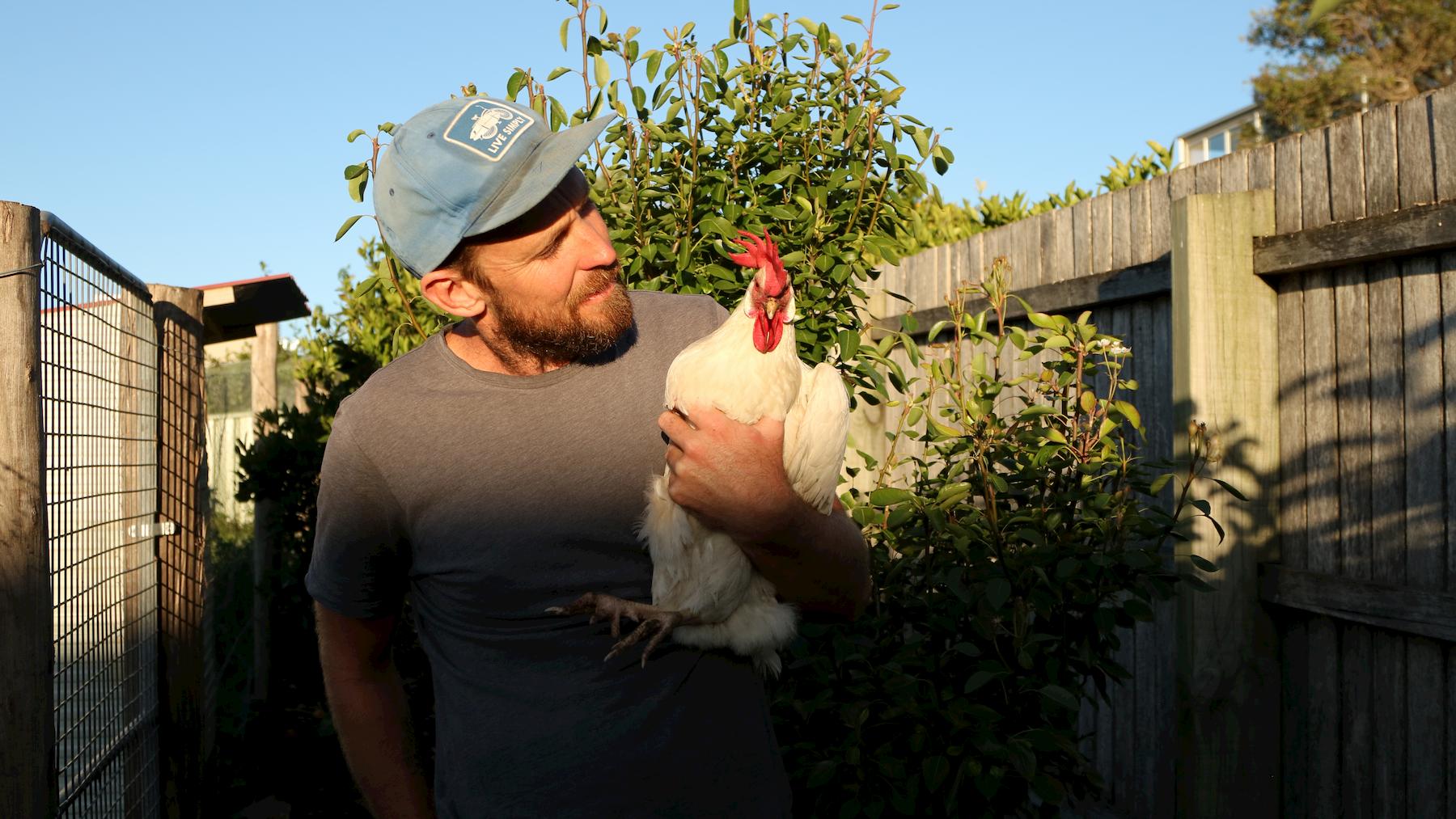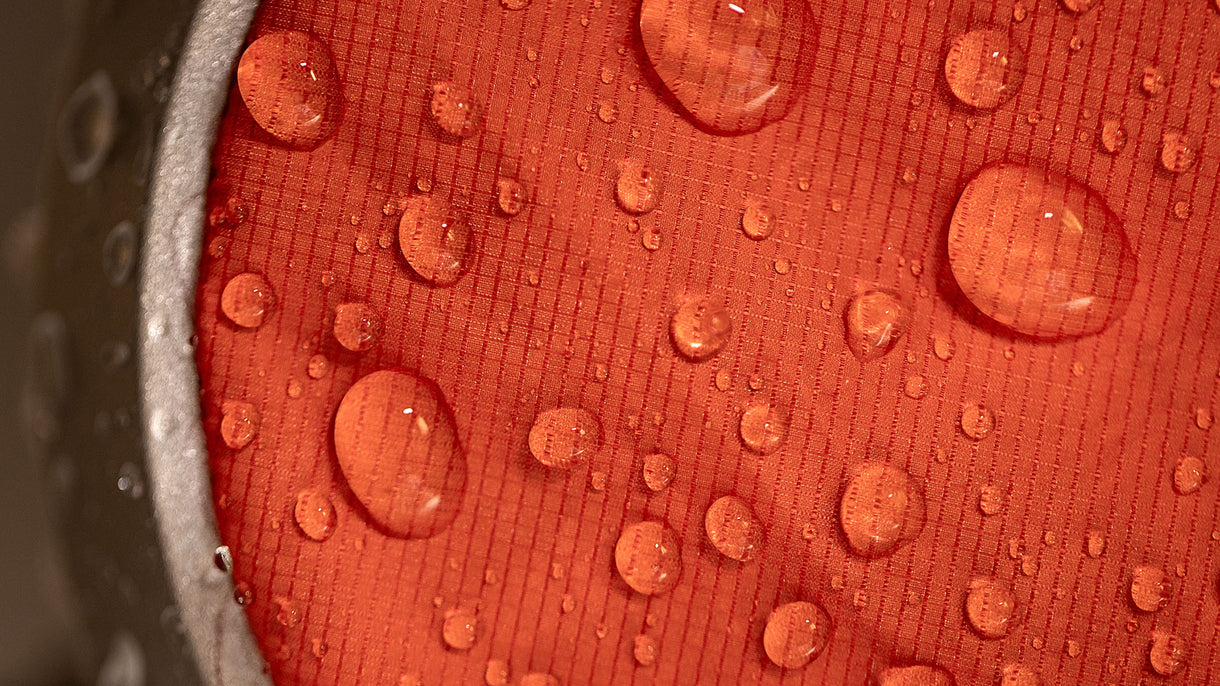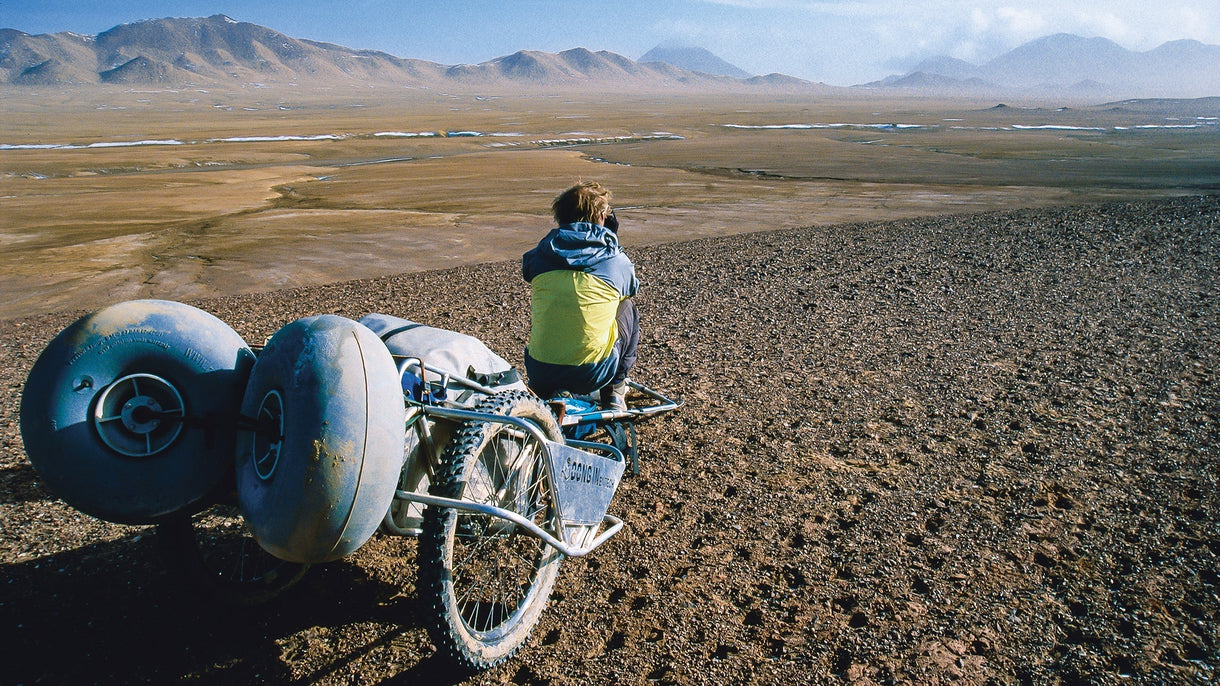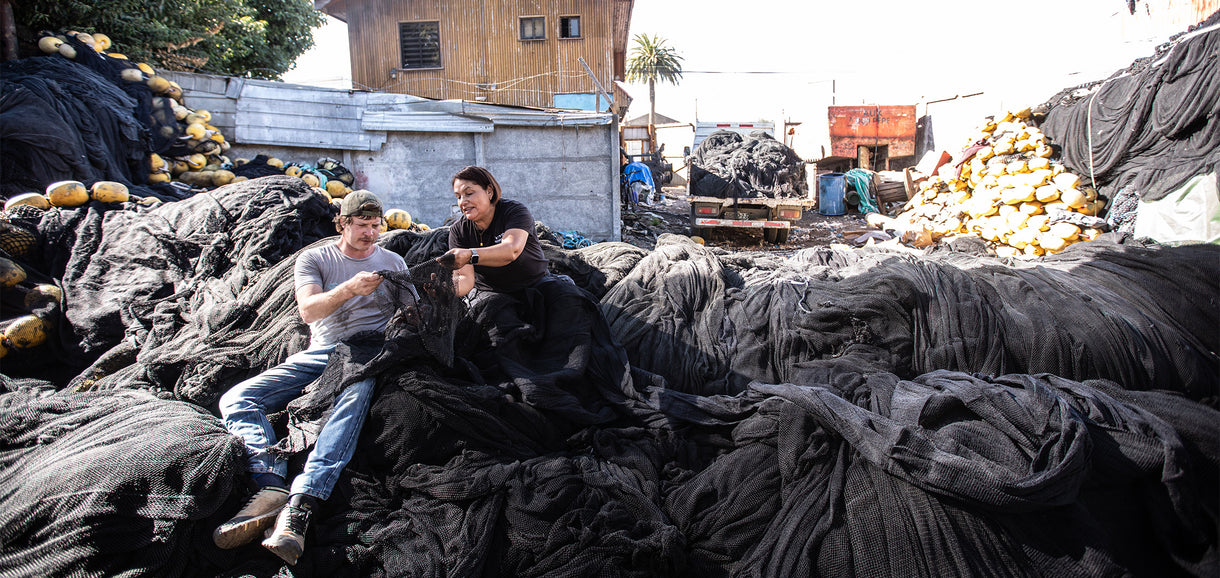I’ve been called a lot of F words over the years, exactly what I’ll leave to your powers of imagination and alliteration. One F word that hasn’t been thrown my way, ever, is fashionable.
It’s a running joke with my wife and I, that I am dressed pretty much the same in every photo all the way back to when I first had to buy my own clothes. If I can’t garden, slide under a car, carry firewood, wrestle my kids, cook or work in it, I’m not interested. It pretty much narrows down my field of fashion picks to jeans, shorts, T-shirts and flannos. Functional, now that’s an F word I can get behind when it comes to clothing.
I also loathe the process of buying clothing, another thing that my wife will happily attest to. I will keep the same trusty, holey (in my mind holy also) and grease embedded piece of clobber until it is so far gone that it could no longer be considered an item of clothing.
A few months back, I had the pleasure of reading an article titled 'Changing the Fabric of Our Lives' by Lindsay Morris, here in the esteemed pages of Roaring Journals. It was heartening to read about the vision and guts of the early adopters of organic cotton farming, as well as the leap of faith and integrity that Patagonia took in committing to use 100% organic cotton.
But what about my end? After all the effort that goes into producing a garment, how does its life look after that? Well, I thought I’d take this opportunity to share the life of a T-shirt after it comes off the shelf into my grubby, reluctant hands…
 Black gold, humus made by the chooks scratching over organic materials added to their run. All Photos: Paul West.
Black gold, humus made by the chooks scratching over organic materials added to their run. All Photos: Paul West.
Years 1 – 2
Everyday use. Wake up, put it on. Sometimes after a massive day, maybe just fall asleep in it and wake up ready to go another day the next morning. It will face many hardships, small holes may begin to appear, the neck may get a little loose, but it’s still up for full duties.
Years 2 – 4
The shirt is now deeply embedded with blood, sweat and memories, but the wear and tear is clearly starting to show. So begins a slow retirement. Now the tees are reserved for extra abusive garden labour, cutting firewood and sleeping in.
Year 5
By this stage the tee is so holey and misshapen that it is hanging on by a few frayed threads. I’ll wear it one day and gaze upon it lovingly, realising that it’s time to retire it for good.
Then, I usually gather the family around and ritualistically tear it from my own body like the Bruce banner turning into the Hulk. I hold the threads in my hands, appreciate them for the good times we shared and then take them out to the rags bucket in the shed.
 Using a strip of old T-shirt to support a young avocado tree.
Using a strip of old T-shirt to support a young avocado tree.
Year 6
Rag time. Far from being the end of its life of usefulness, my T-shirt now enters its fruitful twilight years as a general usage rag. Most get cut into long strips to use to tie my tomato plants to their stakes during the warm months, I usually get two growing seasons out of each tie, before the sun degrades them to a brittle cellulose husk, seven or so years after it came into my life.
Last summer here in Australia, I found another very helpful use for the rags of my old T-shirts. I live in the South Eastern corner of the continent, ground zero for last summer’s catastrophic bushfires.
It was just after Christmas and our house was filled to the rafters with our family and friends visiting for what they hoped would be an idyllic summer holiday. Didn’t quite turn out that way.
In the days after Christmas, a fire started in the remote bushland about 60km inland from where we lived, we could see the smoke plume rising and growing as we frantically checked all the projections of the fire’s spread. The fire was quite small at this stage and didn’t look set to grow a great deal, so we cautiously carried on with the festivities, though always with one eye to western horizon. We all went to sleep after standing on the veranda and looking at the orange glow in the distance, optimistic that we were out of harm's way.
That night, a beast of unimaginable ferocity came to life. The next morning, I awoke in the pitch black with blue and red lights flashing in my bedroom window. I thought it must have been 4am given the darkness, I looked at my phone, 7:30am. Huh?
I looked more closely at my phone, which is always on silent when I sleep, and saw the three evacuation notices, followed by the final notification that it was too late to leave, prepare for the fire front approach. Huh, what?
My brain finally clicked into gear as I heard the fire truck driving down my street, informing everyone to get out of their homes and to get to the beach, 20 minutes to impact. I ran through the house waking everyone up, telling them what was happening and then ran out onto the back deck. I’ll never forget what I saw and heard then.
It was pitch black except for an orange glow just beyond the edge of town, burnt and burning leaves falling everywhere, making a staccato drumming on the tin roof, flocks of birds screeching as they escaped the front and the sound of thunder from the pyro cumulous clouds erupting above us.
"We had to improvise. Cue the rags bucket."
Our house is in a relatively safe spot, far from the bush at the edge of town, and a quick run to the safety of the beach, so we decided to stay and defend. The air was thick with choking smoke and we didn’t have any smoke masks, we had to improvise. Cue the rags bucket.
While some of us readied the house and garden, others set to work making rudimentary smoke masks out of my old T-shirts. We were getting 10 masks out of each tee, four masks each from the front and back panels, one mask from each of the sleeves. Soon, everyone in the house had their own DIY smoke mask and we were as ready as we’d ever be to face the approaching fire. It was a small act that did wonders for the mental state of the many scared and worried minds in the house, a piece of action in defiance of the coming apocalypse.
 A rudimentary smoke mask made from an old T-shirt.
A rudimentary smoke mask made from an old T-shirt.
In the end, a southerly change blew through just as the fire threatened the town, turning it back on itself and putting it into a dangerous slumber that would flare and threaten many more times before finally being extinguished by the drought ending rains that fell in February, some eight weeks later.
I thought back to when I purchased the tees five years earlier and laughed to myself that I could never have imagined where those shirts would end up and why.
Year 7
After a solid 7 years of service, the tees finally reach a stage where I can no longer find a use for them.
At this point it is time to return them to the soil from whence they came so many years ago. At my house, the chickens shoulder the bulk of the composting duties. I run them in a deep litter of woodchips and kitchen scraps under my citrus trees.
 "Lightning" on the job, scratching over the scraps.
"Lightning" on the job, scratching over the scraps.
When the final day arrives, I cut the remnants of the tee up into thumb sized strips and scatter them over the chicken run. Within a day the chickens have scratched them beneath the service where they feed the billions of microbes and microfauna that will in turn feed the roots of my pumping citrus trees. As I watch the chickens scratching the shreds of fabric beneath the surface, I reflect on the good times we shared and think, give me function over fashion any day.
Banner image: Paul with "Thunder" in the orchard/chook run.
____________________________________________________________________
Author Profile
























































